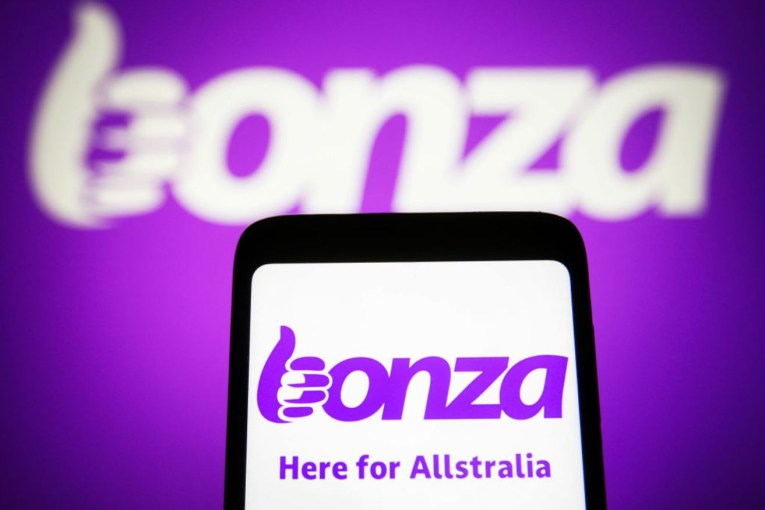Retail sales plunge in December as cost-of-living crisis bites


The business lobby says the economic conditions have pushed retailers into a cost-of-trading crisis. Photo: Getty
Retail sales fell 3.9 per cent over December as consumers tightened their belts after a huge November shopping splurge, new data reveals.
In a fresh sign the cost of living crisis has begun to weigh on household wallets, Australian Bureau of Statistics figures published Tuesday shows December was the weakest month for retailers since June 2022.
While spending was still 7.5 per cent higher in annual terms, ABS head of retail statistics Ben Dorber said the monthly fall broke a trend of 11 straight increases, making the Christmas rush the first sales fall of 2022.
“The large fall in December suggests that retail spending is slowing due to high cost-of-living pressures,” he said in a statement on Tuesday.
“Retail businesses reported that many consumers had responded to these pressures by doing more Christmas shopping in November to take advantage of heavy promotional activity and discounting as part of the Black Friday sales event.”
Retailers that had the best results in the Black Friday and Cyber Monday shopping holidays were hardest hit in December, with sales for department stores down 14.3 per cent month-on-month, and household goods falling 7.8 per cent.
Food retailing (supermarkets) was the only industry to record growth in December, rising 0.3 per cent, while cafes, restaurants and takeaway was unchanged from the prior month.
The retail data will be closely examined by the Reserve Bank, which is looking for signs that the consumer economy is slowing ahead of its first meeting of the year on February 7, when it’s slated to hike interest rates.
But Tuesday’s figures don’t tell the entire story because data on volumes won’t be released until next week. This data provides a better underlying picture of consumer demand because it removes the impact of inflation.
Sean Langcake, head of macroeconomic forecasting at BIS Oxford, said that part of the December fall was down to big November sales, but that a consumer slowdown was also evident in the quarterly sales figures too.
“Taking the last three months together, retail sales increased by a relatively modest 0.9 per cent [quarter on quarter],” he said on Tuesday.
“Considering the fast pace of inflation recorded in the December quarter, this suggests consumer spending is tapering in response to fast inflation and higher interest rates.”
Moving forward, Indeed APAC economist Callam Pickering said the next year will be challenging for the retail sector as the cost of living worsens.
Inflation-adjusted wages are at their lowest level in 11 years, indicating that household budgets don’t go as far as they used to,” he said.
“Falling asset prices and rising mortgage rates will also impact spending next year. It surely wouldn’t be a surprise if household spending declined in 2023.”








